Bacillus thuringiensis cotton, in short Bt cotton, sparks both interest and debate in most of us almost simultaneously. Bt refers to a toxin that contains Cry1Ac protein gene, which, when genetically engineered into a hybrid cotton seed, makes the cotton plant toxic to the American bollworm pest and thus protects it from damage. The technology of Bt cotton was introduced in India by Monsanto, USA, and gained commercial presence with its Indian partner Mahyco, in 2002. Bt cotton in India has been a widely discussed and debated topic, and five years after its approval for commercial cultivation by the Genetic Engineering Approval Committee (GEAC) in 2002, the technology continues to sell, and the debates too continue to prevail. Some of the concerns that surround Bt cotton cultivation in India include the desirability of genetic modification to manage pests, the adequacy of research conducted before its commercialization, the impact on biodiversity and economic security of farmers, and effective communication of technology to the users. This book attempts to trace the process of entry, commercialization and progress of Bt cotton in India. In this context, it presents the experiences of six states in which commercial cultivation of Bt cotton was initially approved. It also discusses various issues surrounding Bt cotton cultivation in the country and attempts to put together different views on the subject of Bt cotton, its desirability and its success, in comparison with conventional cotton, non-Bt hybrid cotton as well as organic cotton.
BRIC Economies: Opportunities and Challenges (Brazil, Russia, India and China)
The International Finance ...
$30.60
$34.00

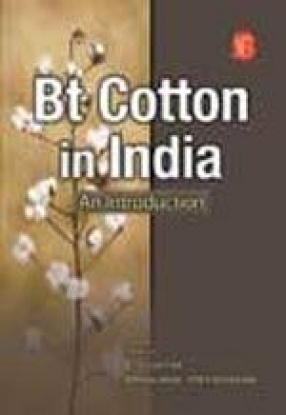
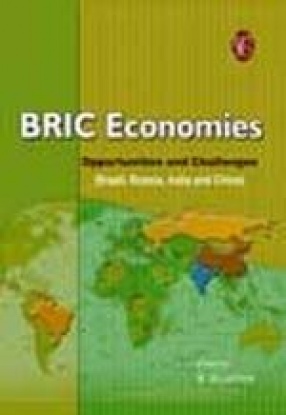
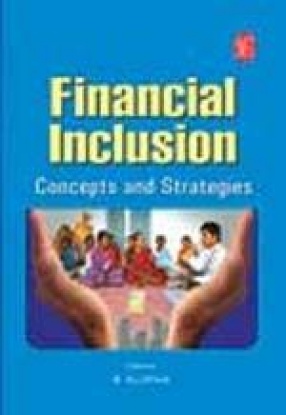

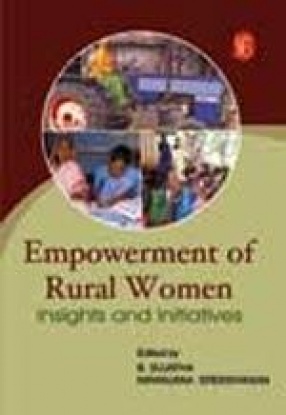
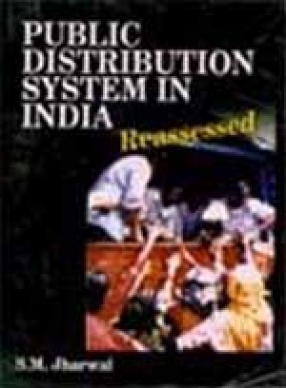
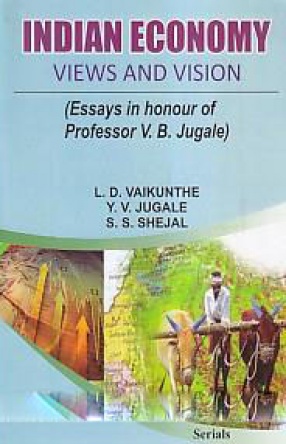

There are no reviews yet.